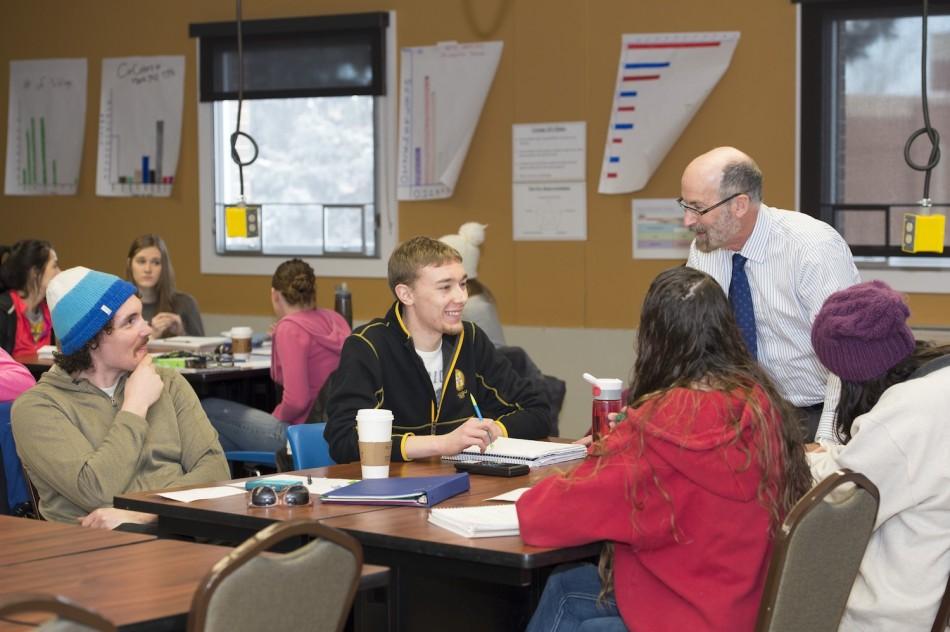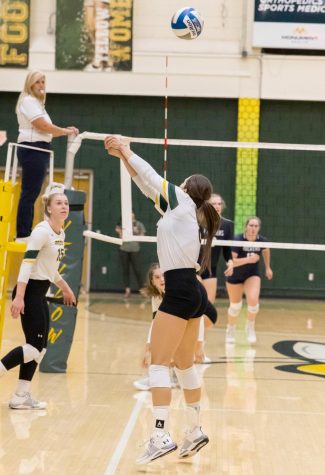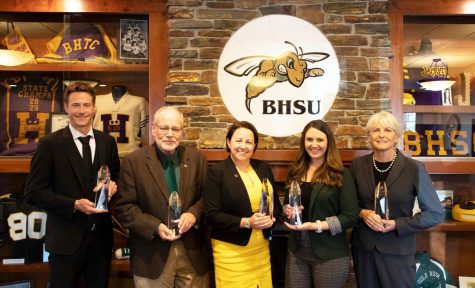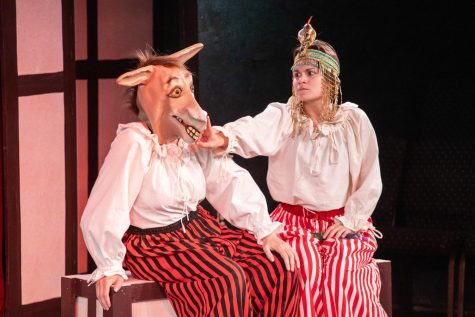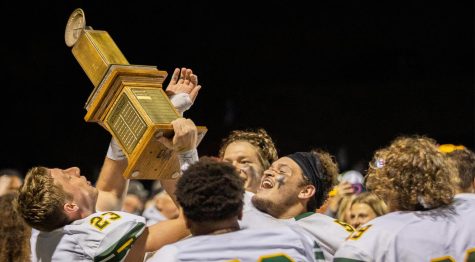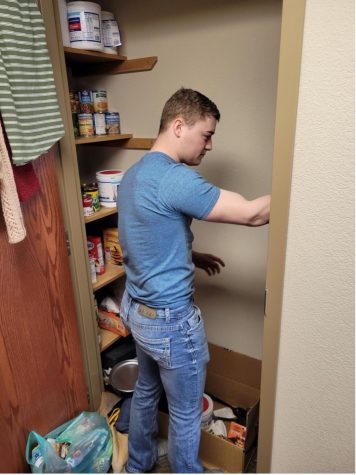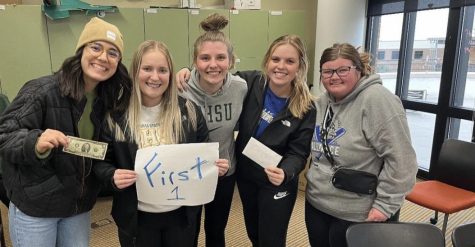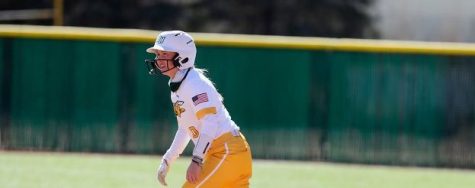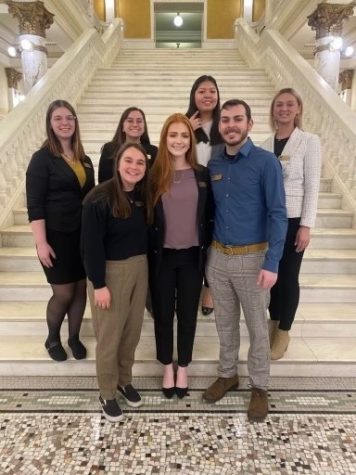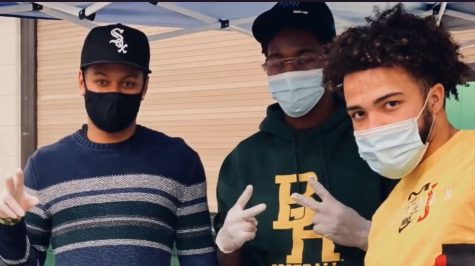Math Professor Involves Students’ Daily Lives In Probability Problems
What are the odds of rolling a Yahtzee during one game? How likely is it to hit three green traffic lights on your way to class? What is the probability of drawing a royal flush in Texas Hold “Em?
A professor at Black Hills State University helps students find solutions to these questions from everyday situations.
Eight years ago, Dr. John Alsup, professor of math education, moved away from teaching probability with a textbook. He now has his students create and solve their own problems.
“We made up one (problem) per group and we have five or six groups,” said Natalie Johnson, an elementary education and special education major. “We just take it day by day and figure out the problems.”
“He’ll put the question on the board and then in our groups we work on it. Then we present it and as an entire class talk about it. Instead of just a teacher lecturing “do it this way and no other way,a��” said John Christiansen, an elementary education major.
Alsup’s method of teaching probability relies on student involvement.
“The problems they create are interesting to them,” Dr. Alsup said. “They are ones that they would like to solve or are interested in solving. My job is to weave in the overarching framework of the theory into the problems that they create.”
While teaching probability like this, Alsup engages students in relevant experiments such as games of Twister or Yahtzee.
“It’s a fun class,” Christiansen said. “It’s exciting to go to. It’s one you actually don’t want to miss a day of as far as material and just being in the atmosphere of Dr. Alsup. There’s more interest. You can actually make a connection to it.”
Allowing students to create the problems also has created a challenge for the professor.
“Every semester there are new problems that I haven’t seen,” Alsup said. “The challenge for me is that these problems are unique and individual. I have to think about how to use the theory to build that so they can get to the point where they can solve the problem that they created.”
Alsup promotes critical thinking by helping students solve their own problems.
“It makes you think in ways you probably wouldn’t have for different situations,” Christiansen said. “It’s definitely outside of the box, outside of your comfort zone at times, but he makes it as basic as possible.”
“I don’t tell them the formal nature of the mathematics until we have the ideas completely solidified,” Alsup said.
Alsup has taught for 38 years, with the last 17 years at BHSU.
“I think he is one of the best teachers on campus as far as being personal with the students, willing to help after school and different times whenever it works for them. He’s all for it,” Christiansen said.


